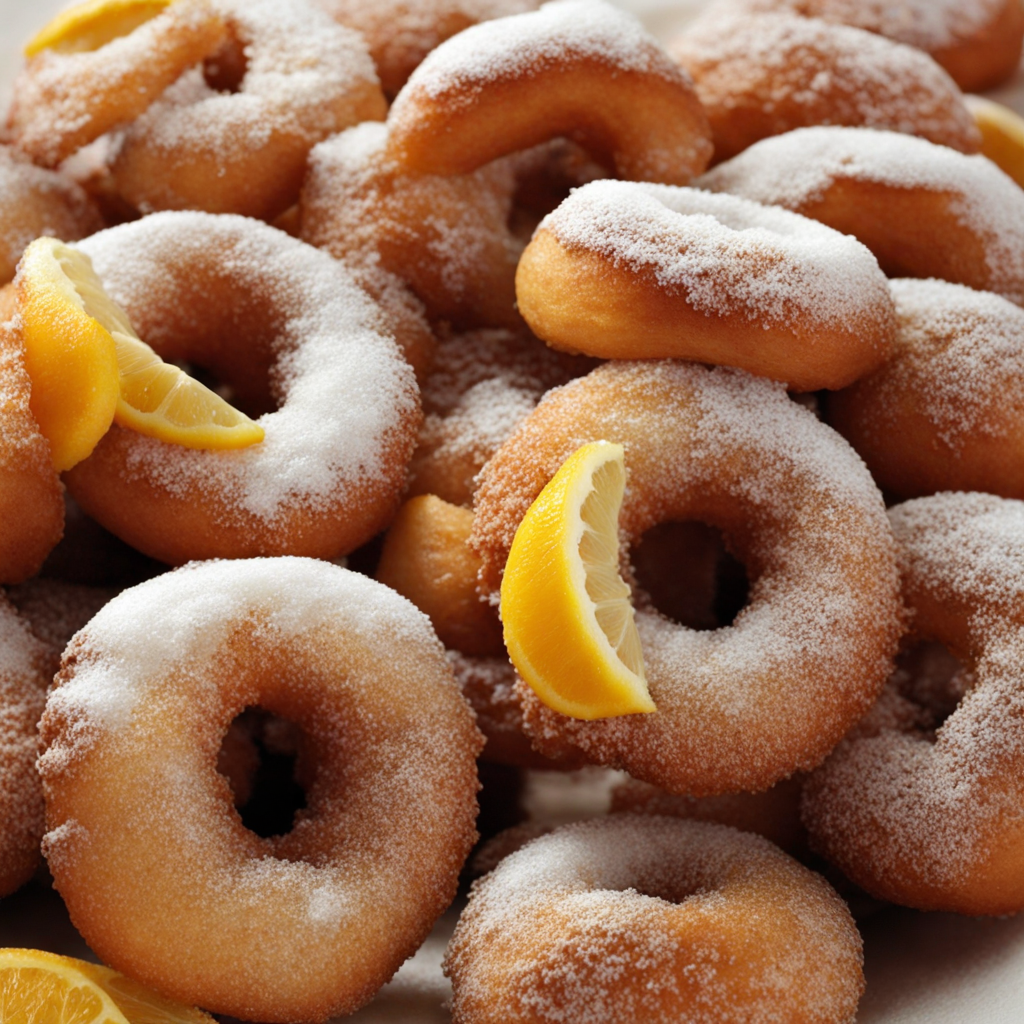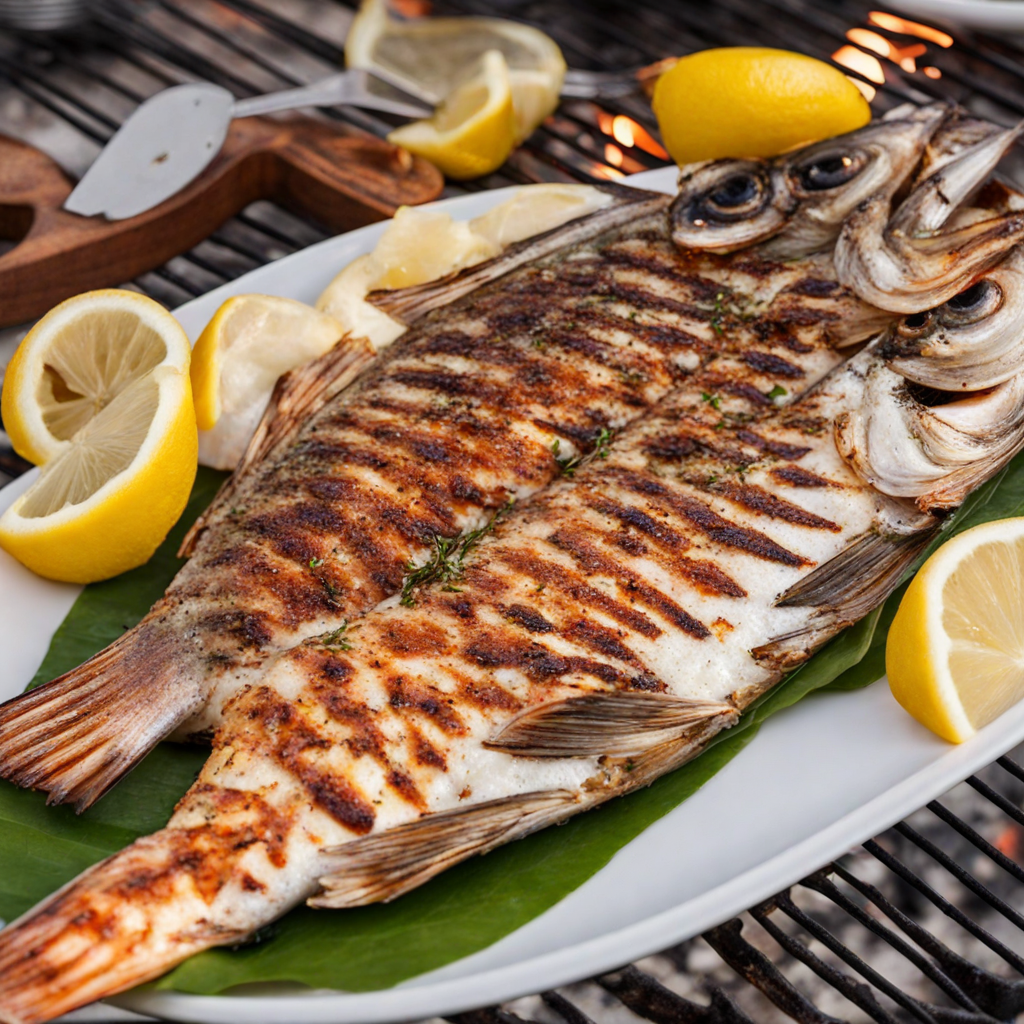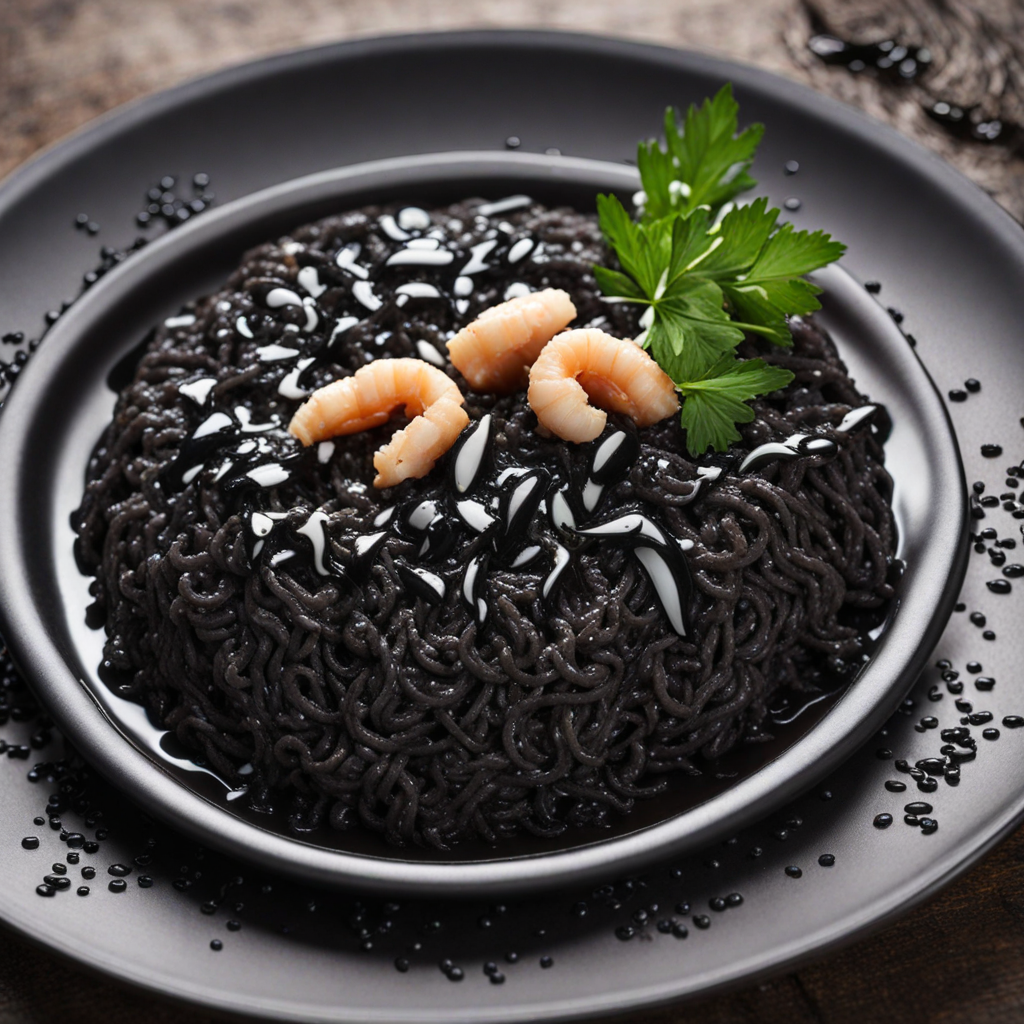Fritule
Fritule are delightful Croatian doughnuts that embody the essence of festive spirit and local flavors. These small, round pastries are typically made from a sweet, yeast-based dough that is flavored with a hint of citrus, often using lemon or orange zest. The dough is mixed with ingredients like eggs, milk, and sugar, creating a rich and aromatic base that is both light and slightly sweet. Once shaped into small balls, they are deep-fried until golden brown, resulting in a crispy exterior that gives way to a soft and fluffy interior, making each bite a delightful contrast of textures. Traditionally enjoyed during holidays and celebrations, fritule are most popular during the Christmas season and Carnival in Croatia. They are often served dusted with powdered sugar or drizzled with a sweet syrup, adding an extra layer of indulgence. The addition of raisins or other dried fruits can also be found in some variations, providing a burst of sweetness that complements the dough perfectly. Each region in Croatia may have its own twist on the recipe, reflecting local tastes and traditions, making fritule a treat that varies from one place to another. Beyond their delicious flavor, fritule are also a symbol of Croatian hospitality, often shared among family and friends during gatherings. The aroma of freshly fried fritule wafting through the air evokes a sense of warmth and togetherness, inviting everyone to indulge in this beloved treat. Whether enjoyed as a snack, dessert, or festive delight, fritule offer a unique taste of Croatian culture that is sure to enchant anyone seeking to explore new culinary experiences.
How It Became This Dish
Fritule: A Sweet Journey Through Croatian Culinary History Fritule, delightful Croatian doughnuts, are a beloved treat that encapsulates the essence of Croatian festive culture, particularly in the coastal regions of Dalmatia and the islands. These small, sweet, and often aromatic fried pastries have a rich history that intertwines with the social and cultural fabric of Croatia, reflecting the diverse influences that have shaped its culinary landscape over centuries. #### Origins of Fritule The roots of fritule can be traced back to the Mediterranean region, where the tradition of frying dough has existed since ancient times. The word "fritule" is derived from the Italian "frittola," which means "fritter," and showcases the influence of Italian cuisine on Croatian food practices, especially along the Adriatic coast. The earliest references to similar fried doughs can be found in the writings of medieval cookbooks, where various cultures have contributed to the evolution of sweet and savory fritters. Fritule, as we know them today, likely emerged in Croatia during the late Renaissance and Baroque periods (15th to 18th centuries). This was a time when culinary exchanges flourished in the Adriatic, fostering a blend of flavors and techniques. The introduction of sugar, spices, and citrus fruits, particularly from trade with the Ottoman Empire and later from the New World, transformed these humble pastries into a festive delicacy. #### Cultural Significance Fritule hold a special place in Croatian culture, particularly during holidays and celebrations. They are often associated with Christmas and New Year’s festivities, where families come together to prepare and share these treats as a symbol of joy and togetherness. In Dalmatia, fritule are not just a seasonal delicacy; they are a common sight at fairs, weddings, and other communal gatherings, representing a connection to tradition and the community. These pastries are emblematic of the Croatian approach to food, which emphasizes local ingredients and familial recipes passed down through generations. Fritule are often flavored with various ingredients, including citrus zest, rum, or vanilla, showcasing the adaptability of the recipe to personal taste and local availability. This versatility underscores the importance of regional identity in Croatian cuisine, where local variations of fritule can be found across different areas. #### Ingredients and Preparation The traditional fritule recipe is deceptively simple, requiring only a handful of ingredients: flour, sugar, eggs, yeast, milk, and often a splash of alcohol such as rum or brandy. The dough is mixed until smooth, allowed to rise, and then shaped into small balls before being deep-fried until golden brown. The finished fritule are typically dusted with powdered sugar and can be served warm, making them irresistible to anyone who encounters their sweet aroma. What sets fritule apart from other fried doughs is their unique combination of flavors and textures. The addition of citrus zest, such as lemon or orange, imparts a refreshing note that balances the sweetness. In some variations, dried fruits or nuts are incorporated, adding richness and complexity to the flavor profile. #### Evolution Over Time As Croatian society transformed through the years, so too did the fritule. In the 19th century, with the rise of tourism along the Dalmatian coast, fritule became increasingly popular among visitors, further solidifying their status as a regional specialty. Street vendors began selling fritule at local festivals and markets, making them accessible to a broader audience. The advent of cookbooks and culinary publications in the 20th century also contributed to the dissemination of fritule recipes, allowing home cooks to recreate this festive treat in their kitchens. The 20th century also saw the introduction of new flavors and variations of fritule, reflecting the changing tastes and preferences of the Croatian people. While traditional recipes remain popular, contemporary cooks have experimented with health-conscious adaptations, incorporating whole grains, alternative sweeteners, and even gluten-free options. These innovations demonstrate the resilience of fritule in adapting to modern dietary trends while maintaining their cultural significance. #### Fritule in Modern Croatia Today, fritule continue to be a staple of Croatian culinary heritage, celebrated not only for their taste but also for the memories they evoke. During the winter holiday season, markets and bakeries are filled with the aroma of freshly fried fritule, drawing both locals and tourists alike. In recent years, food festivals and culinary events have embraced fritule as a symbol of Croatian gastronomy, showcasing the diverse interpretations of this traditional treat. Moreover, the rise of social media and food blogging has further popularized fritule, with countless recipes and variations shared online. This digital renaissance has sparked renewed interest in traditional Croatian cuisine, encouraging younger generations to engage with their culinary heritage and experiment with classic recipes. #### Conclusion Fritule are more than just a sweet treat; they represent a rich tapestry of Croatian history, culture, and community. From their ancient Mediterranean origins to their current status as a beloved festive delicacy, fritule have evolved while remaining an enduring symbol of togetherness and celebration in Croatian life. As they continue to adapt to contemporary tastes and preferences, fritule serve as a delicious reminder of the importance of heritage and the joy of sharing food with loved ones. Whether enjoyed at a family gathering, a festive fair, or simply as a nostalgic indulgence, fritule will always hold a special place in the hearts—and stomachs—of the Croatian people.
You may like
Discover local flavors from Croatia







